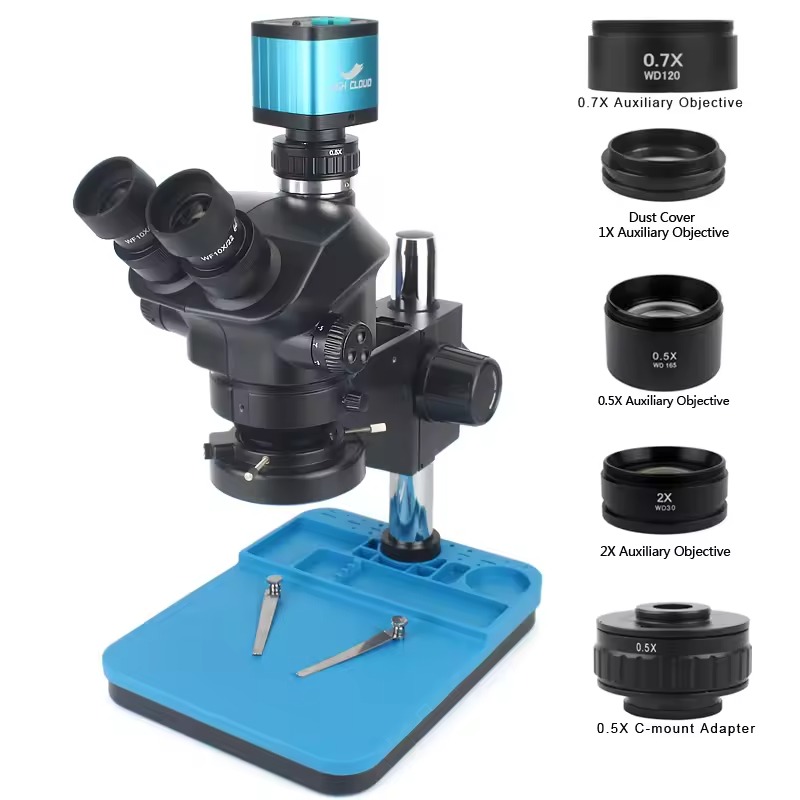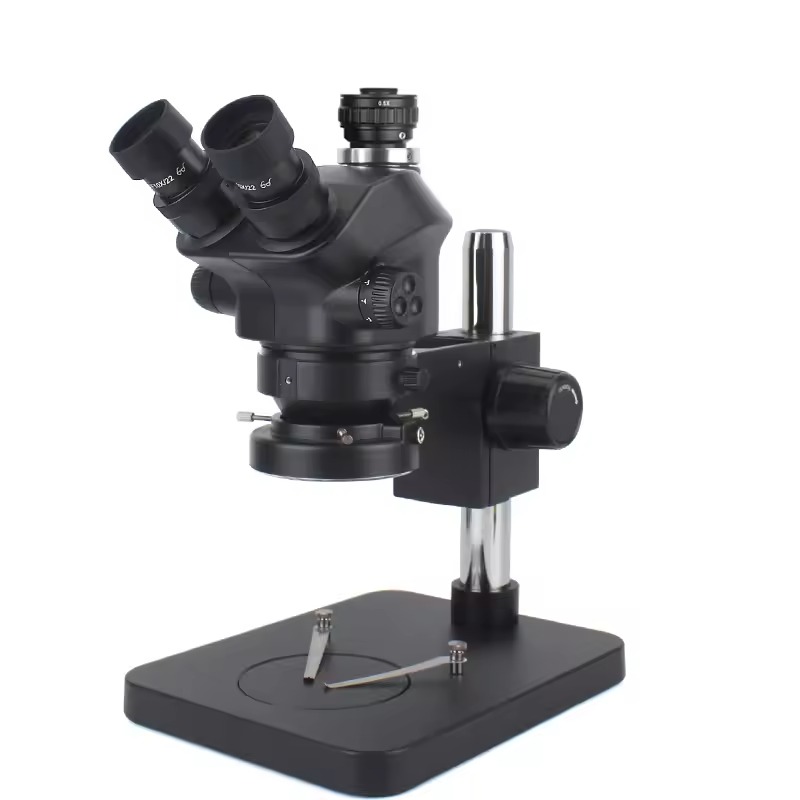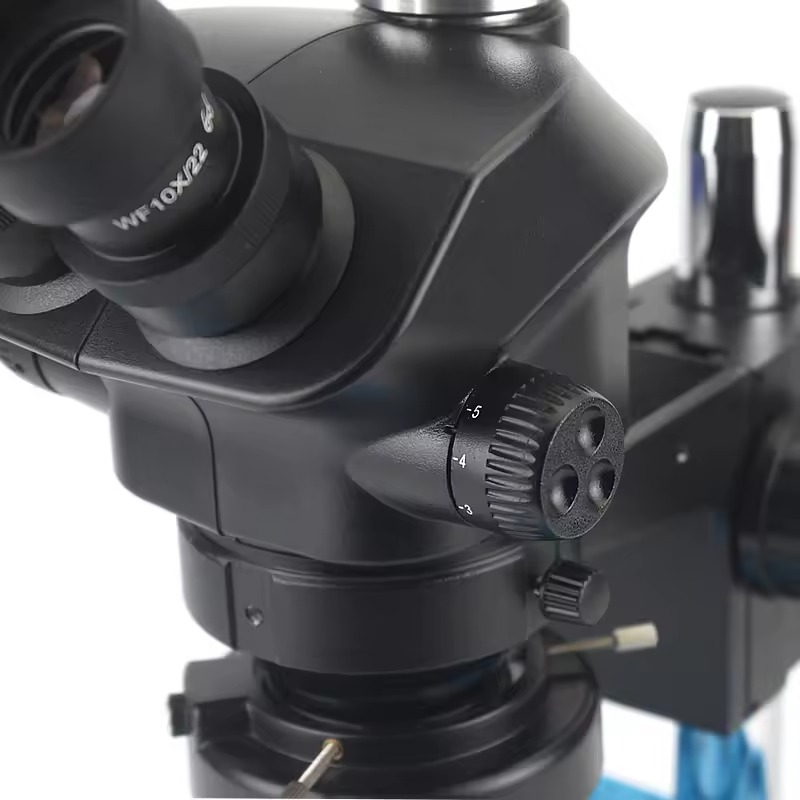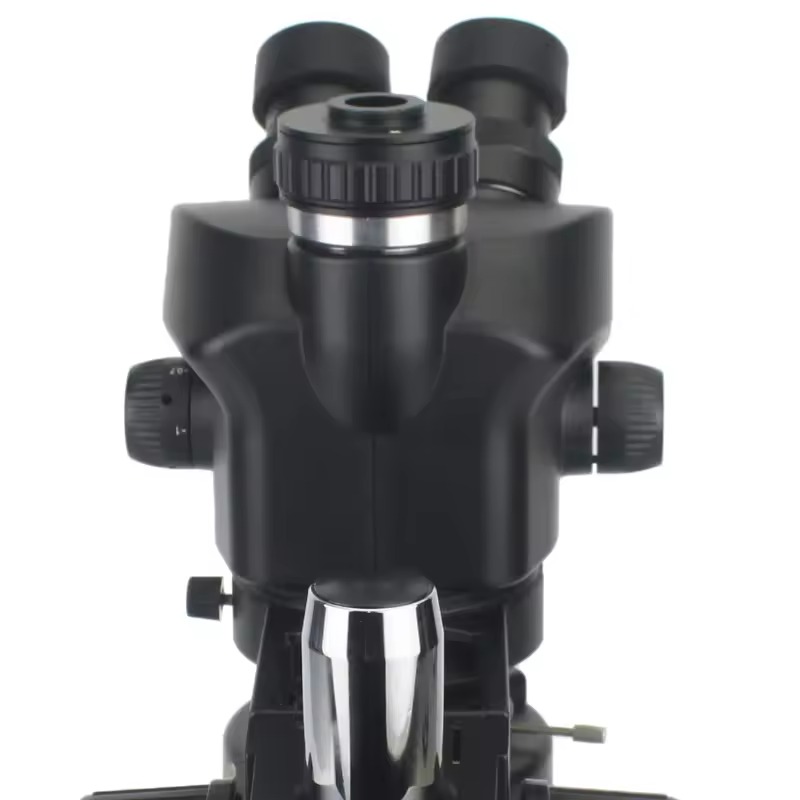Early Attempts at Magnification
The quest to see the unseen has ancient roots. Humans have always been eager to explore the details of objects too small for the naked eye. Early attempts at magnification began with simple glass lenses. People found that these could enlarge images of small objects. The earliest lenses were basic and had limited capabilities. But they laid the groundwork for future advances.
The use of magnifying glasses dates back to the 13th century. Scholars and monks used them to read tiny script. Craftsmen found them handy to work on minute details. In the same period, spectacles were being used to correct vision. This marks the beginning of using lenses to aid sight.
Natural crystals were among the first materials used to magnify images. As knowledge spread, experiments with lens crafting began. By the end of the 16th century, lens makers improved the shape and clarity of lenses. These improvements were vital in developing the first true microscopes. It set the stage for the invention that would revolutionize science.
Here, we’re looking at the stages that were crucial before the invention. This was a time of curiosity and discovery, forming the bedrock of what was to come.

The Invention of the Microscope
The true invention of the mMicroscope did not happen overnight. It evolved through the refinement of lenses and increasing knowledge about light and magnification. By the late 16th century, diligent lens makers took the steps necessary to create more powerful lenses. This allowed for the creation of the first compound microscope.
Hans and Zacharias Jansen are often credited with this groundbreaking leap. In Holland, around the year 1590, they built the first precursor to the modern microscope. It featured multiple lenses in a tube, which magnified tiny objects to a degree never seen before. However, some historians debate their role.
Science recognizes several key figures in the invention of the microscope. Some claim the inventor is Hans Lippershey, a Dutch spectacle-maker. But the debate is still ongoing. The important point is that several skilled lens makers contributed to the invention. These contributions gave birth to an instrument that changed our view of the world.
Who invented the microscope? This question echoes through history. But the leap from magnifying glasses to the microscope was a collective journey rather than the work of a single inventor. This collaborative effort laid the foundation for a new era of scientific discovery.
Key Figures in Microscope Development
The journey from rudimentary lenses to the modern microscope involved numerous key figures. Their work bridged the gap between basic magnifying tools and advanced scientific instruments. These pioneers in lens crafting and magnification laid the groundwork for a generational leap in technology.
One prominent figure is Galileo Galilei. Known for his contributions to astronomy, he also improved the compound microscope. He used a focusing device to sharpen the image, much like a telescope. Galileo’s enhancements allowed for clearer views of tiny worlds previously unseen.
Robert Hooke is another vital contributor to microscope development. His book ‘Micrographia’ unveiled detailed drawings of objects seen through his microscopes. Hooke’s work introduced the term ‘cell’ to describe the basic unit of life. His microscopes opened the door to the microcosm.
Then, there’s Antony van Leeuwenhoek, a name synonymous with early microscopy. He crafted single-lens microscopes with exceptional magnification, ushering in new biological discoveries. Van Leeuwenhoek’s work revealed microorganisms for the first time. His keen eyes and steady hands brought the microscopic realm into focus.
Lastly, we acknowledge Jan Lippershey, whose work in optics influenced microscope development. While the exact details of his contributions are debated, his expertise in lens-making was a notable addition to the collective progress.
Key figures like these contributed to the DNA of microscope technology. Each step forward added to the complex history of ‘who invented the microscope.’ It’s a testament to human ingenuity and the collaborative nature of scientific advances.
Contributions of Hans and Zacharias Jansen
Hans and Zacharias Jansen played a crucial role in microscope history. In the late 1590s, they made a key invention in the Netherlands. The father-son duo combined several lenses in a tube, creating the first compound microscope. This new device was unlike anything before. It could magnify tiny objects far more than single lenses.
Their compound microscope had two glass lenses. These lenses combined to produce a much clearer magnified image. The eyepiece lens provided the initial magnification. The objective lens near the specimen amplified the image even further. This design was groundbreaking. It let people see details that were impossible to see before.
The Jansens’ work had a big impact. It opened doors for further developments. They showed that combining lenses could greatly improve magnification. This concept was vital for the future of microscopes. Many others followed this path and made more advanced microscopes.
Even though some debate their role, the Jansens’ contributions are important. They set a precedent that inspired others to innovate and refine microscope technology. As a result, science could now explore the tiny worlds in greater detail. A new era of discovery was born thanks to their early work. So when we ask ‘who invented the microscope,’ the Jansens are key to the answer.

Antony van Leeuwenhoek and His Microscopes
Antony van Leeuwenhoek made history with his microscopes. He did not have a formal science education. Yet, his work had a profound impact. Van Leeuwenhoek was a skilled craftsman. He used his talent to grind lenses. His lenses were small but very powerful.
Van Leeuwenhoek crafted over 500 microscopes, each with a single, high-quality lens. This design was unique. It allowed him to see things nobody else could. He was the first to observe bacteria, free-living organisms, sperm cells, and blood flow in capillaries. His findings were a huge leap forward in biology.
His microscopes had a simple design. They consisted of a small lens mounted on a brass plate. The samples were placed on a sharp point in front of the lens. Van Leeuwenhoek would then adjust the lens to view the specimens. This setup was different from the compound microscopes of his time. Yet, it proved to be very effective.
In the quest to answer ‘who invented the microscope,’ Van Leeuwenhoek stands out. He pushed the boundaries of what could be seen. His single-lens microscopes laid the groundwork for future research. His curiosity and ingenuity introduced a new world to us. The microscopic world.
Van Leeuwenhoek’s contributions are central to our story. He showed the power of observation. He turned a simple lens into a window to the unseen. His legacy endures in the microscopes we use today. While we explore ‘who invented the microscope,’ let’s honor this pioneer. Van Leeuwenhoek’s role was vital. He expanded our view of the natural world.
The Evolution of Microscope Technology
Microscope technology did not stand still after the initial invention. It grew more advanced over time. Each improvement allowed for more detailed and clearer images. Scientists and inventors continuously worked on enhancing microscope capabilities.
The 17th century saw the introduction of the compound microscope. This design used multiple lenses to magnify objects. As scientists improved lens crafting, microscopes could offer higher magnification. Innovations in lighting and focusing mechanisms further increased clarity.
By the 19th century, achromatic lenses were developed. These reduced the distortion caused by different colors of light. This meant that images appeared sharper and more accurate.
The 20th century brought about the electron microscope. This type uses beams of electrons instead of light to create an image. Electron microscopes allowed us to see in even greater detail. They helped us observe parts of cells and viruses previously unseen.
Digital microscopy also made its mark during this time. It transformed the way we capture and analyze images. With digital technology, microscopes could now store and share images easily.
Today’s microscopes are incredibly sophisticated. They employ a variety of technologies to explore the micro world. Fluorescence microscopy lights up specific parts of a cell. Scanning probe microscopy can even show us single atoms. These advancements are vital for ongoing research in many fields.
As we’ve seen, the question ‘who invented the microscope’ is not simple. It reflects a long history of innovation. Each step in technology has been built on the contributions of many. And microscope technology continues to evolve, offering us deeper insights into the fabric of life itself.
The Impact of the Microscope on Science
The microscope’s invention was a turning point in science. It allowed us to see things we never knew existed. Tiny organisms, cellular structures, and even atoms are now visible. This has had a profound effect on many fields of study.
In biology, the microscope revealed the complexity of life. It allowed scientists to see cells and understand their functions. This led to the discovery of microorganisms and the development of cell theory. It also paved the way for advances in medicine, like vaccines.
In material science, microscopes help us understand different materials at a molecular level. This knowledge helps us create new materials with specific properties. It drives innovation in technology, construction, and various industries.
Microscopes also play a crucial role in forensics. They help identify substances and understand the evidence at a crime scene. This can lead to solving cases and ensuring justice.
Environmental science benefits greatly as well. Microscopes help study pollutants and their effects on ecosystems. We can also monitor the health of water bodies by examining microorganisms.
In the field of education, microscopes are vital tools. They awaken curiosity and help students understand complex biological processes. Hands-on experience with a microscope can inspire the next generation of scientists.
So, when we ask ‘who invented the microscope,’ we also recognize its impact. It has shaped the world of science and will continue to do so. Every field that relies on the microscope owes a debt to the early inventors. They have given us a powerful tool to explore and understand the intricacies of our world.

Recognizing the True Inventor
Identifying ‘who invented the microscope’ can be challenging. The journey to the modern microscope was a collaboration. It did not start or end with just one person. Instead, we have a rich tapestry of inventors and innovators. Each contributed pieces to the puzzle. This shared effort advanced microscope technology.
In our history books, some names stand out. But we should view the invention of the microscope as a shared victory. Hans and Zacharias Jansen took early steps. But they were built on and improved by many others. Antony van Leeuwenhoek brought his own unique approach. Later inventors carried the torch further. Each new advance brought us closer to the microscopes of today.
It is not just the story of a lone genius. It is the story of collective human curiosity and skill. The true inventor is this collective spirit of innovation. It moves beyond individual names. It encompasses all who dared to look closer at the world around us. Each milestone in the microscope’s history has its champions. Yet, it’s the collective will to uncover the unseen that truly invented the microscope.
Science does not stop. It builds on the work of those before. The microscope’s history is an ongoing tale. Its inventors are many and their legacy is immense. As we stand on the shoulders of these giants, we look forward to what the future holds. Who invented the microscope? We all did, through centuries of curiosity and inquiry.
